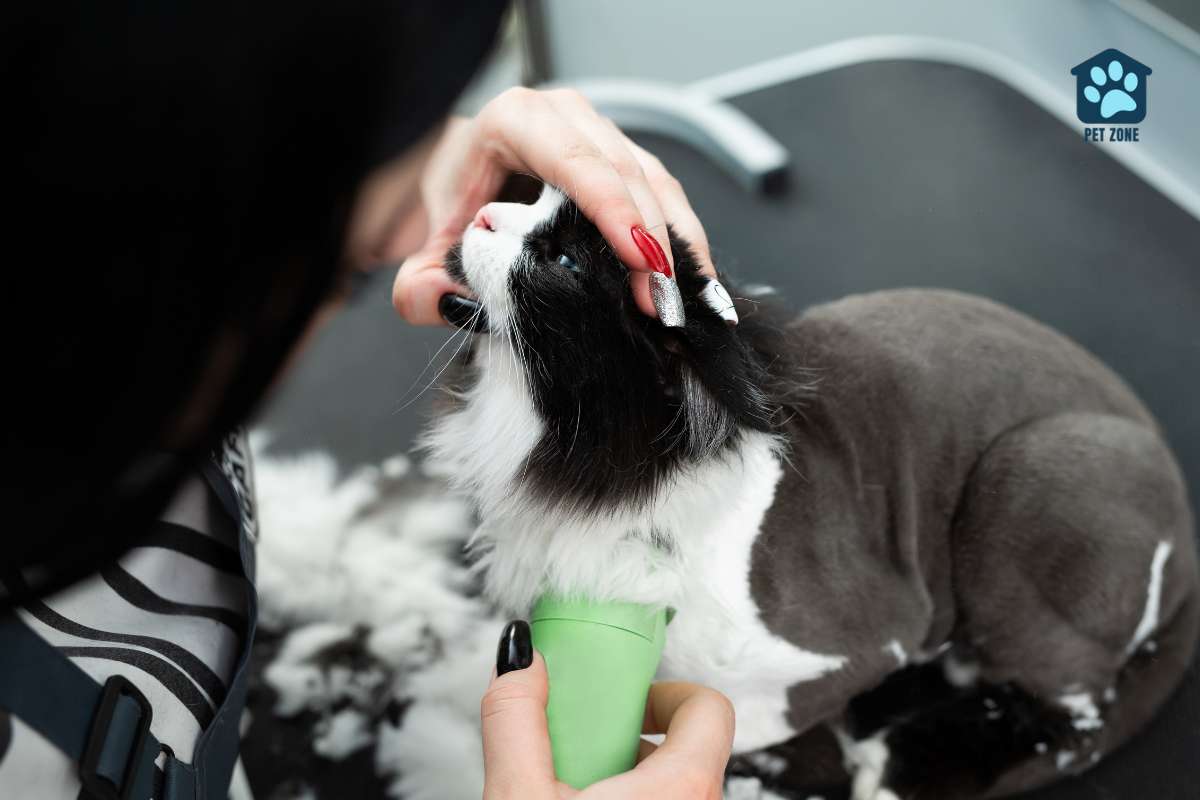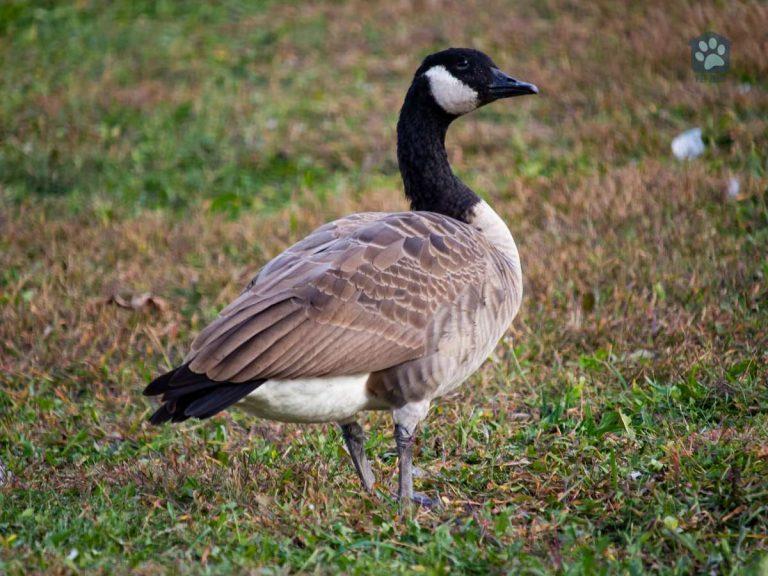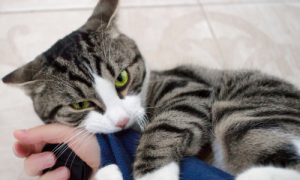Estimated reading time: 8 minutes
Ever noticed that your cat’s hair isn’t growing back as fast after a shave, trim or surgery? While on average it takes between one to six months for a cat’s fur to fully regrow, various factors can influence this timeline.
This article dives into the reasons why you might need to shave your feline friend, and what influences the duration of hair growth. Stick around if you’re curious and let us help understand what’s happening with your kitty’s coat!
Key Takeaways
- The average time it takes for cat hair to grow back is about 2-3 months for short-haired cats and 4-6 months for long-haired cats.
- Factors like genetics, age, nutrition, environment, and overall health can influence the regrowth time of a cat’s hair.
- Cats may need their hair shaved or trimmed for reasons such as dealing with mats, preparing for surgery, grooming purposes, or addressing certain health conditions.
- To promote healthy hair growth in cats, provide proper nutrition, regularly groom them, reduce their stress levels, and consult a veterinarian if needed.
Reasons for Cat Hair Removal
Mats
Mats are hard clumps in a cat’s hair. They come about when dead hair gets stuck and knots up. All cats can get mats, but they’re more common in long-haired breeds. Mats cause discomfort to your pet.
Sometimes, getting rid of them can lead to skin issues like redness and sore spots. Cutting out mats with scissors is not safe for your cat’s skin and health condition.
Surgery
Cats often lose hair after surgery. The vet may shave a cat for a clean and safe operation. Don’t worry if you see bald spots. Your cat’s hear will usually start to grow back within two weeks after surgery.
Sometimes, the new hair is darker than before. This happens more in Siamese cats. Just know that it takes longer for long-haired cats to grow their fur back compared to short-haired ones.
Grooming purposes
Cats get shaved for grooming too. This is very common in breeds with long hair like Persian cats. Groomers give them a ‘lion cut’ to keep their fur neat and tidy. It also helps fight off the heat in summer months.
Shaving can prevent mats, which are nasty balls of tangled fur. Mats make cats feel pain and they may scratch and lick these spots bare! Regular brushing at home keeps the cat’s fur clean, soft, and mat-free.
But be careful if overdone it can cause rough skin rashes or more hairballs for your feline friend! Make sure you use a comb that won’t hurt your cat’s skin while grooming its beautiful coat of fur.
Health conditions
Alopecia, or hair loss, in cats can be a sign of various health conditions. It could indicate infections, toxins, disorders, cancers, allergies, or infestations. Poor diet lacking essential vitamins and minerals can also contribute to hair loss in cats.
Overgrooming may be due to itchiness (pruritus), pain, or stress. Conditions like hypothyroidism, fungal infection (ringworm), parasites, allergies, or psychological issues can cause cat alopecia.
Nutritional deficiencies and hormonal imbalances can slow down hair follicle growth in cats.

How Long Does It Take for Cat Hair to Grow Back?
Factors that influence regrowth time
The regrowth time for cat hair can be influenced by various factors. These include genetics, age, nutrition, environment, and overall health of the cat. Older cats may have slower hair growth compared to kittens because of their aging process.
Short-haired cats typically take around 2-3 months for their hair to fully grow back. However, some cats may have faster regrowth of fur than others. Cats that have undergone spaying or surgery might take 6 weeks to 3 months for their fur to completely grow back.
Hormones, diseases, drugs, nutrition, and environment can all play a role in impacting the health and growth of a cat’s hair.
Short-haired cats
Short-haired cats will start growing back their hair immediately after it’s shaved or cut off. It usually takes about 8-12 weeks for the hair of short-haired cats to fully grow back to its original length.
Cats with shorter hair tend to regrow their hair faster compared to cats with longer hair after surgery. However, there are no specific timeframes mentioned for cat hair to grow back after a lion cut for short-haired cats.
Long-haired cats
Long-haired cats, such as Persians, have a longer regrowth time for their fur compared to short-haired cats. It can take about 4 to 6 months for the hair of a longhaired cat to grow back after being shaved or cut.
Factors like breed and health can affect how long it takes for the hair to fully regrow. So if you have a long-haired cat that needs a trim or shave, be prepared for it to take several months for their beautiful coat to return.
Average timeline
The average timeline it takes for a cat’s hair to grow back can vary depending on several factors. Here’s a general guide:
| Type of Cat | Regrowth Time |
|---|---|
| Short-haired Cats | 2-3 months |
| Long-haired Cats | 4-6 months |
| After Surgery | 2 weeks noticeable regrowth |
| Bald Spots on Short-haired Cats | A few weeks |
It’s key to note that these timelines are estimates. The actual regrowth time can significantly differ from one cat to another.
Helping Your Cat’s Hair Grow Back
Providing proper nutrition
To help your cat’s hair grow back, it is important to provide them with proper nutrition. Here are some ways you can do that:
- Feed your cat a healthy and balanced diet that is rich in high – quality proteins, carbohydrates, and fats. These nutrients are important for maintaining healthy skin and promoting hair growth.
- Look for cat food that specifically supports skin and coat health. Some brands offer formulas that contain ingredients like omega fatty acids, which can help improve the condition of your cat’s fur.
- Consider adding supplements to your cat’s diet, such as fish oil, which is rich in omega fatty acids. However, it is always best to consult with your veterinarian before giving any dietary supplements to your cat.
- Ensure that your cat always has access to fresh water. Proper hydration is essential for overall health, including the health of their skin and coat.
- Avoid feeding your cat human food or treats that may be unhealthy or potentially harmful to their fur and overall well-being.
Regular grooming
Regular grooming is important for promoting the growth of your cat’s hair. It can help reduce the time it takes for your cat’s hair to grow back after it has been lost or shaved. Here are some benefits of regular grooming:
- Removes loose fur: Grooming helps remove loose fur from your cat’s coat, preventing mats and tangles that can hinder hair growth.
- Stimulates blood flow: Brushing and combing your cat’s fur stimulates blood flow to the hair follicles, promoting healthy hair growth.
- Distributes natural oils: Grooming helps distribute natural oils throughout your cat’s fur, keeping it moisturized and healthy.
- Removes dirt and debris: Regular grooming removes dirt, debris, and allergens from your cat’s coat, allowing their hair to grow back without interference.
- Prevents skin conditions: Grooming helps prevent skin conditions that can lead to hair loss or slow hair regrowth.
Reducing stress
Reducing stress is crucial for helping your cat’s hair grow back. Cats can experience stress due to various reasons, such as changes in their environment or routine, conflicts with other animals, or undergoing medical procedures.
When a cat is stressed, it may groom excessively or even pull out its own fur, leading to hair loss. To reduce stress, provide a calm and quiet space for your cat where it feels safe and secure.
Stick to a consistent daily routine and make sure to spend quality time playing and interacting with your cat. You can also try using pheromone sprays or diffusers specifically designed to help cats relax.
Consulting a veterinarian
If you’re concerned about your cat’s hair not growing back or taking too long to grow back, it’s essential to consult a veterinarian. They can examine your cat and determine if there are any underlying health issues that may be affecting hair regrowth.
Your veterinarian can also provide guidance on the best course of action to help promote healthy hair growth, whether it’s through dietary changes, additional grooming techniques, or other treatments specific to your cat’s needs.
Remember, every cat is different, so it’s important to seek professional advice for personalized care and solutions for your furry friend.

Conclusion
In conclusion, the time it takes to grow back varies depending on factors like the length of their fur and their overall health. Short-haired cats can regrow their hair in about 8-12 weeks, while long-haired cats may need to wait 3-6 months.
After surgery, it can take 2-6 months for a cat’s hair to fully grow back. Remember to provide proper nutrition, regular grooming, reduce stress, and consult your veterinarian to help promote healthy hair growth for your feline friend.
As an Amazon Associate I earn from qualifying purchases.









